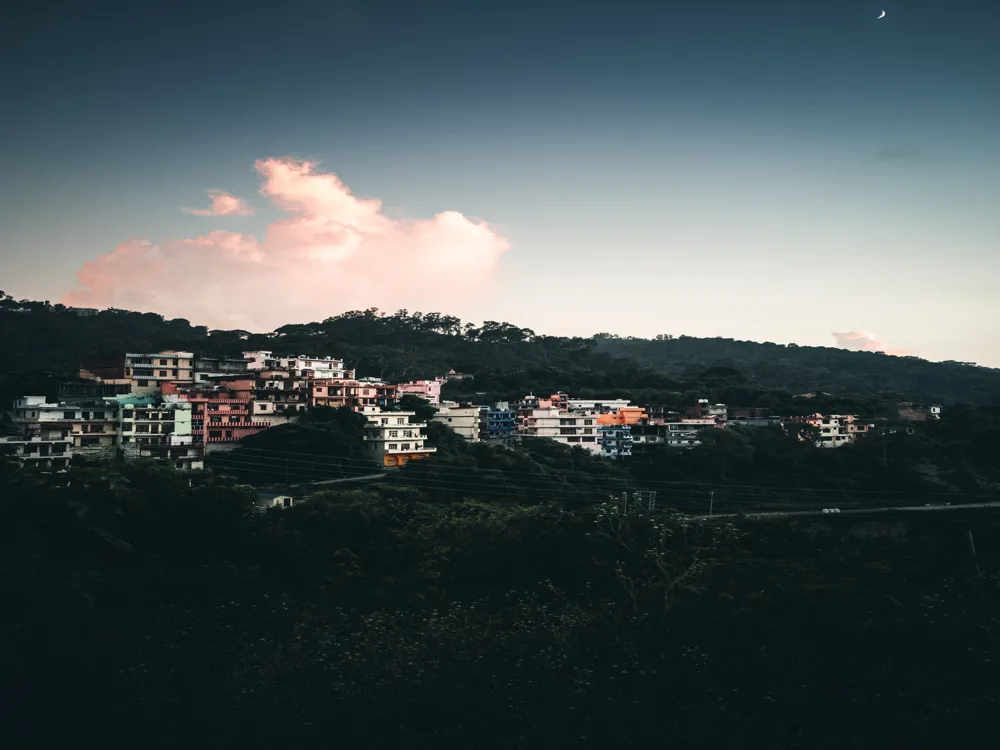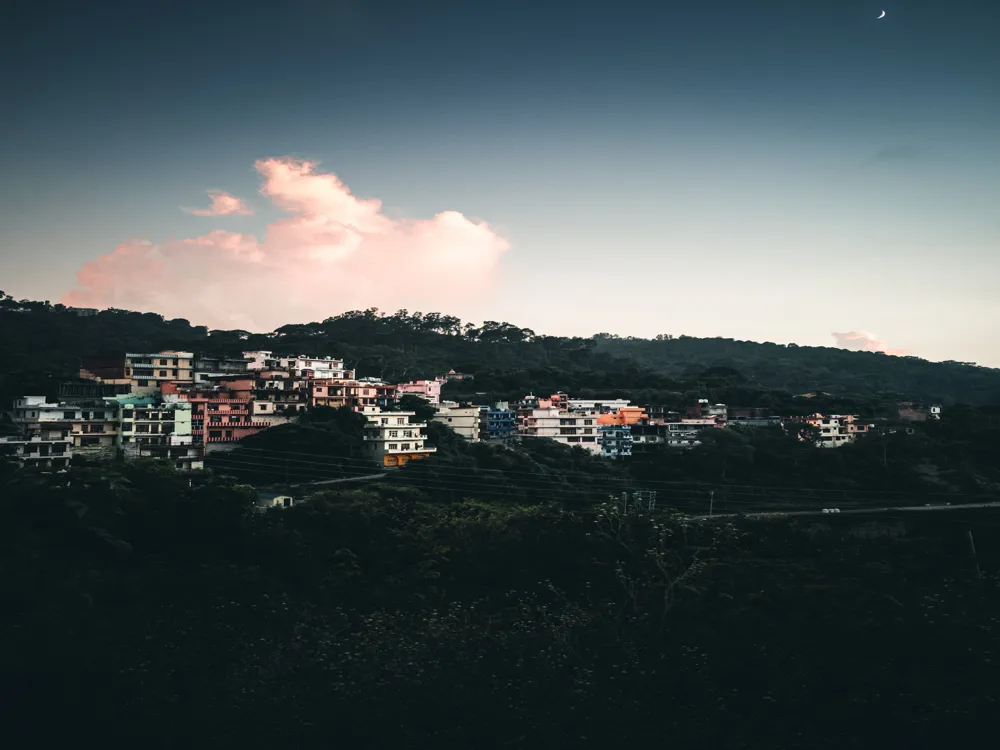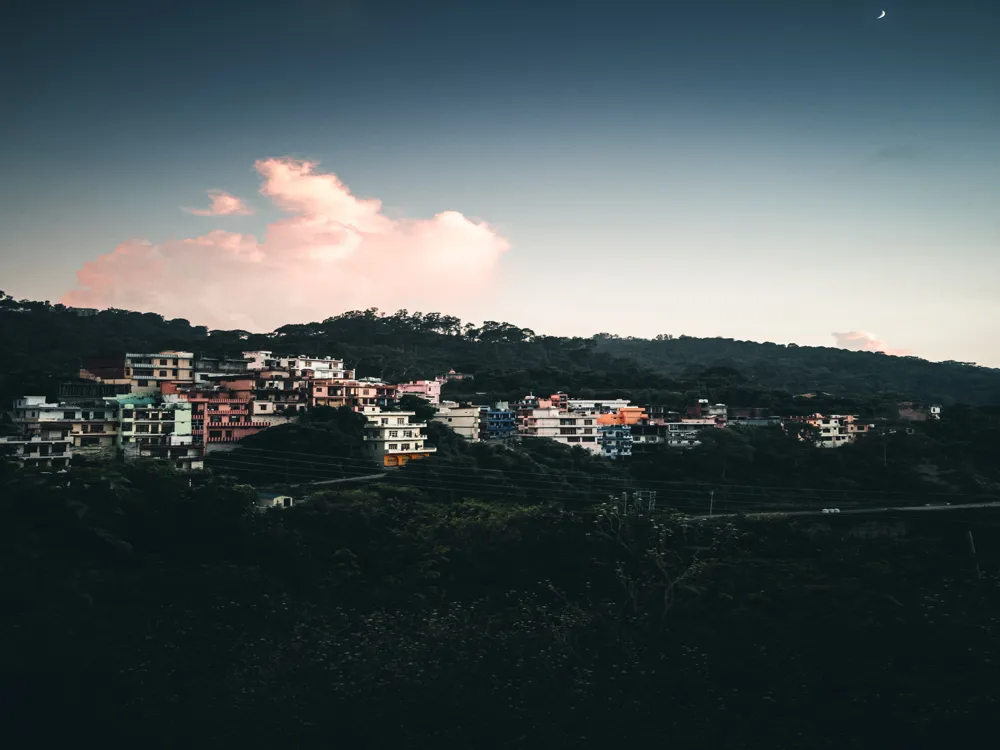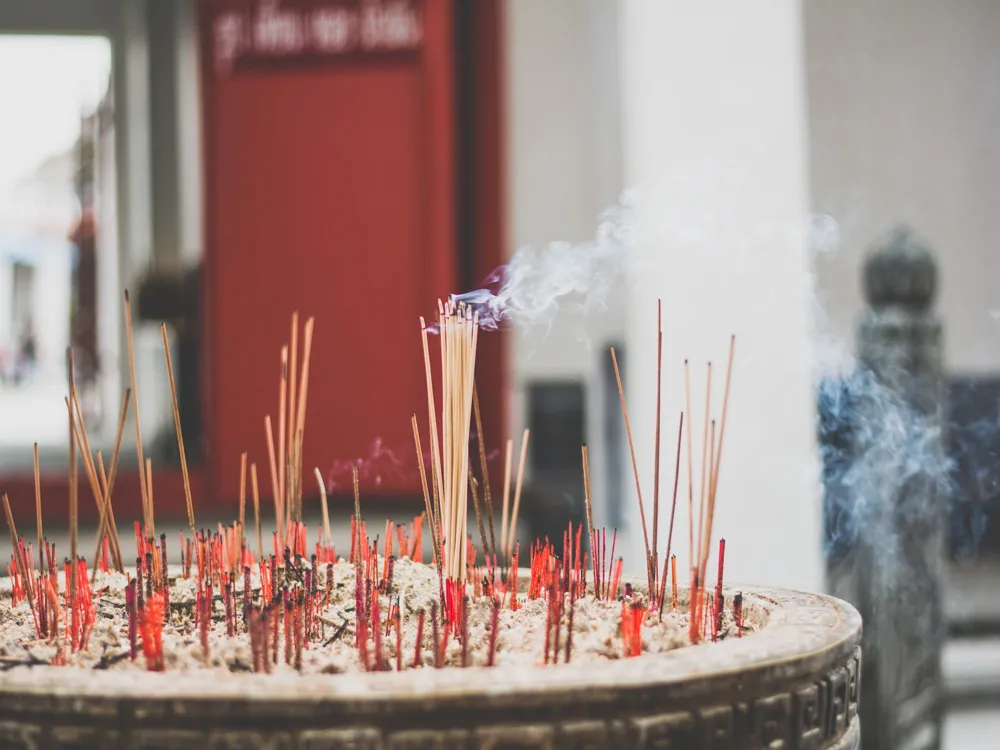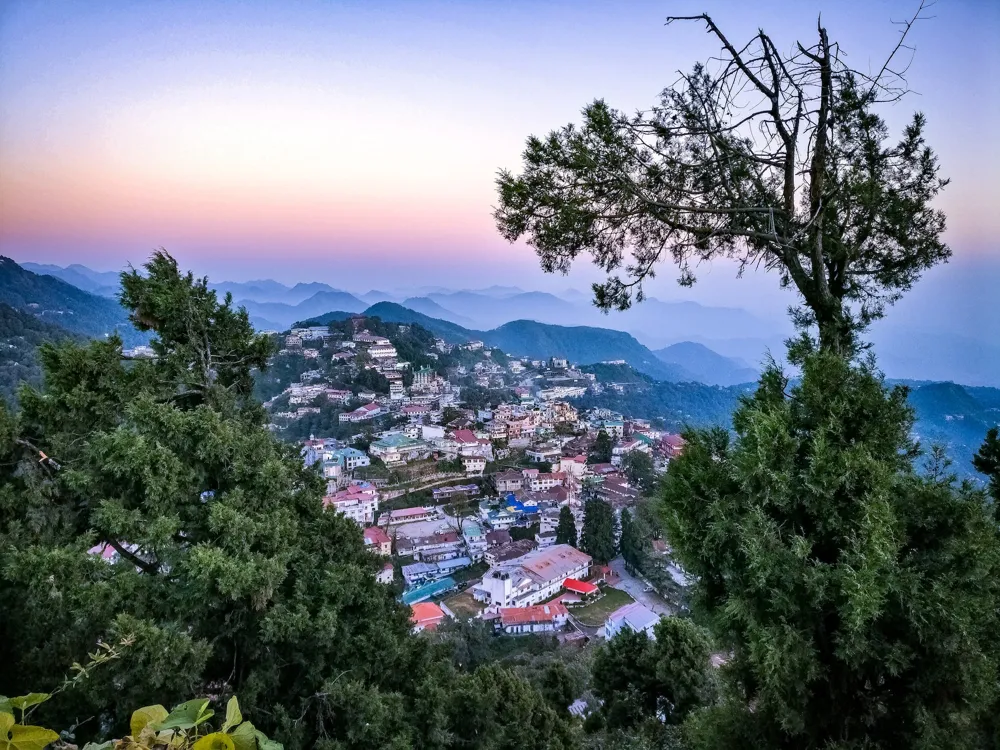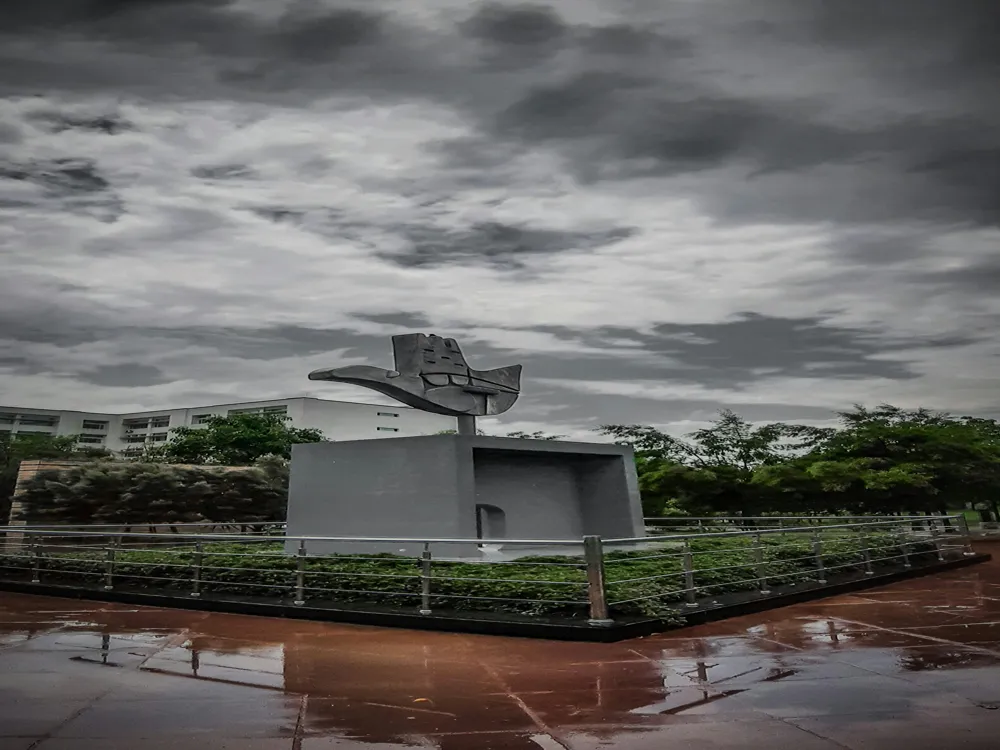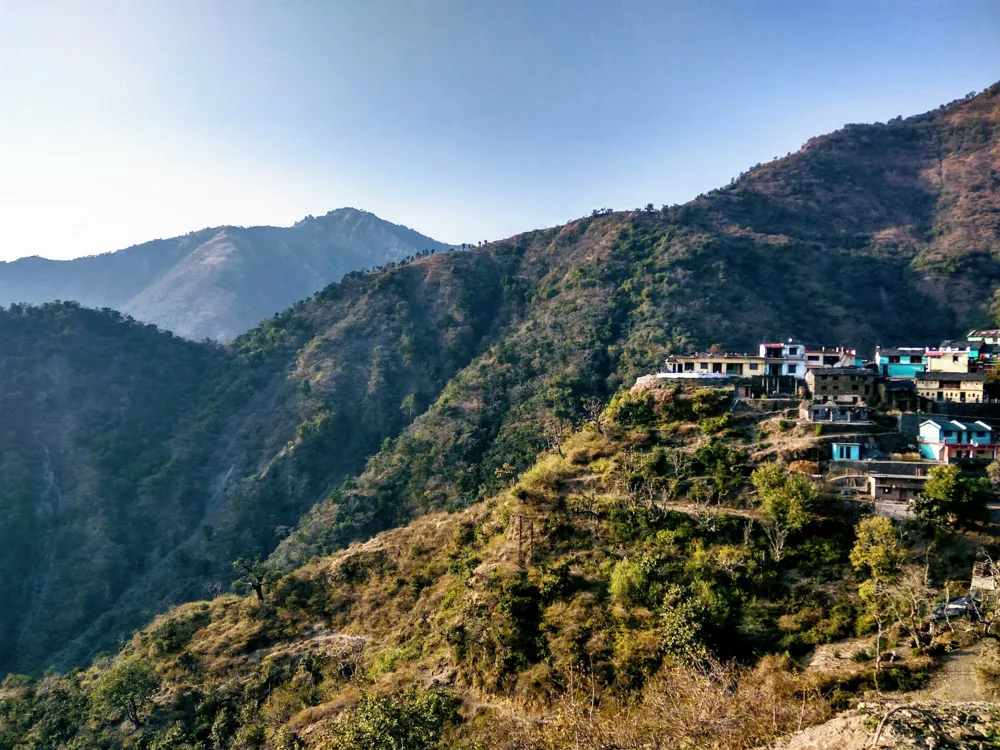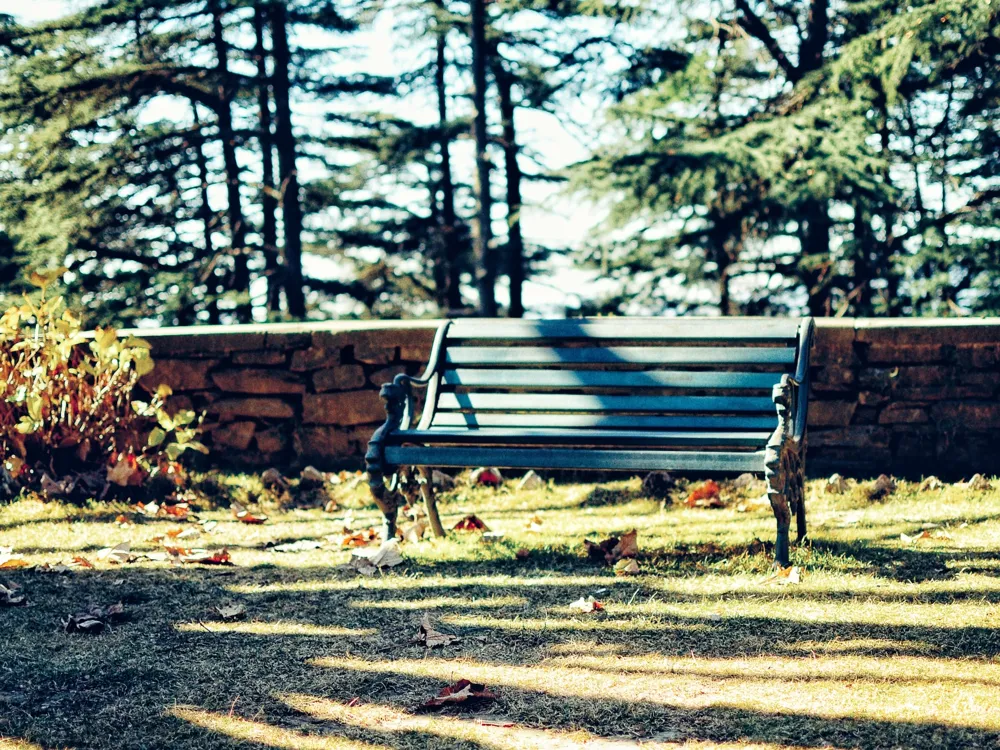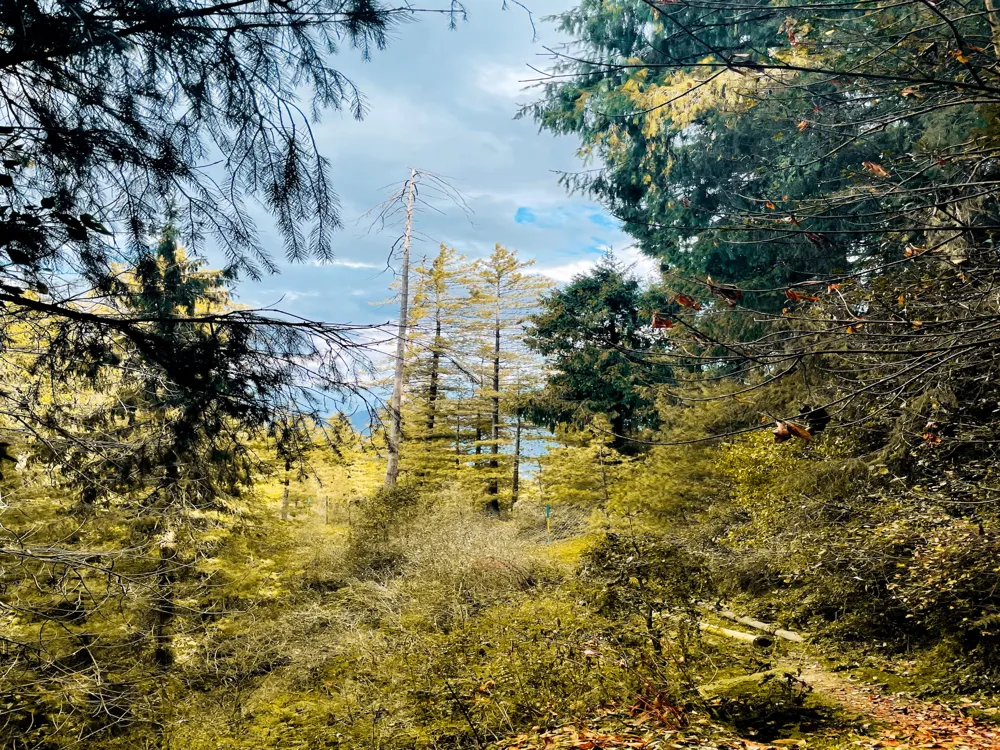The Trilokpur Temple, situated in the serene landscape of Nahan in Himachal Pradesh, is a marvel of spiritual and cultural significance. This sacred site, steeped in legend and folklore, stands as a testament to the rich religious heritage of India. The temple, dedicated to Goddess Bala Sundari, an incarnation of Goddess Durga, is a beacon of faith attracting thousands of devotees annually. The temple's history dates back to the 16th century, a period rich in spiritual awakening and architectural innovation. According to lore, the temple was established following the miraculous appearance of a stone 'Lingam' from the earth, signifying divine presence. Over the years, Trilokpur Temple has not only been a spiritual haven but also a symbol of the harmonious coexistence of different faiths, drawing visitors from various religious backgrounds. The cultural significance of Trilokpur Temple extends beyond its religious aspects. It plays a pivotal role in the local community, being the epicenter of various festivals and rituals that mark the calendar year. These festivals, characterized by vibrant processions and rituals, reflect the rich tapestry of Himachali culture. Moreover, the temple's influence is evident in the daily lives of the locals, shaping customs and traditions that have been passed down through generations. The temple's existence is not merely a relic of the past but a living, breathing part of the community's identity. The architecture of Trilokpur Temple is a splendid example of the synthesis of various architectural styles that have evolved over centuries in India. At its core, the temple reflects the typical North Indian 'Nagara' style, characterized by its distinct shikhara (spire). This spire, soaring towards the sky, is not just a visual marvel but also symbolizes the ascent to the divine. The temple complex is adorned with intricate carvings and sculptures that narrate tales from ancient scriptures, bringing to life the legends and mythology of Hinduism. The use of local stone and wood in construction not only gives the temple a rustic charm but also reflects the traditional Himachali architectural techniques. The temple's interior is equally mesmerizing. The sanctum sanctorum, housing the deity of Goddess Bala Sundari, is a space of intense spiritual energy. The walls are embellished with frescoes and paintings, depicting scenes from the goddess's life. These artistic elements are not mere adornments; they are visual sermons that communicate the philosophical depths of Hinduism. The harmonious blend of architecture, art, and spirituality in Trilokpur Temple's design creates an ambiance that is both awe-inspiring and tranquil, offering a haven for contemplation and worship. Visitors to Trilokpur Temple should adhere to a modest dress code, respecting the sanctity of the site. Traditional attire is recommended, but not mandatory. It is also important to maintain a decorous demeanor within the temple premises, keeping in mind the religious significance of the place. The best time to visit Trilokpur Temple is during the cooler months from October to March. This period avoids the harsh summer heat and the monsoon season, offering a pleasant climate for exploration and worship. Planning your visit around the major festivals celebrated at the temple, like Navratri and Shivratri, can be a unique and enriching experience. However, expect larger crowds during these times. Trilokpur Temple is accessible by various modes of transport. The nearest airport is in Chandigarh, about 77 kilometers away. From there, visitors can hire taxis or take buses to reach Nahan. For those traveling by train, the nearest railway station is in Ambala, which is well-connected to major cities in India. From Ambala, one can take a bus or taxi to the temple. Additionally, Nahan is well-connected by road to major cities and towns in North India, making it convenient for visitors to drive to the temple. Read More:Overview of Trilokpur Temple, Nahan, Himachal Pradesh
Architecture of Trilokpur Temple
Tips When Visiting Trilokpur Temple
Dress Code and Conduct
Best Time to Visit
Festivals and Special Occasions
How To Reach Trilokpur Temple
Trilokpur Temple
Nahan
Himachal Pradesh
NaN onwards
View nahan Packages
Also Refered As:
Mata Bala Sundari Temple
Nahan Travel Packages
View All Packages For Nahan
Top Hotel Collections for Nahan

Private Pool

Luxury Hotels

5-Star Hotels

Pet Friendly
Top Hotels Near Nahan
Other Top Ranking Places In Nahan
View All Places To Visit In nahan
View nahan Packages
Also Refered As:
Mata Bala Sundari Temple
Nahan Travel Packages
View All Packages For Nahan
Top Hotel Collections for Nahan

Private Pool

Luxury Hotels

5-Star Hotels

Pet Friendly








